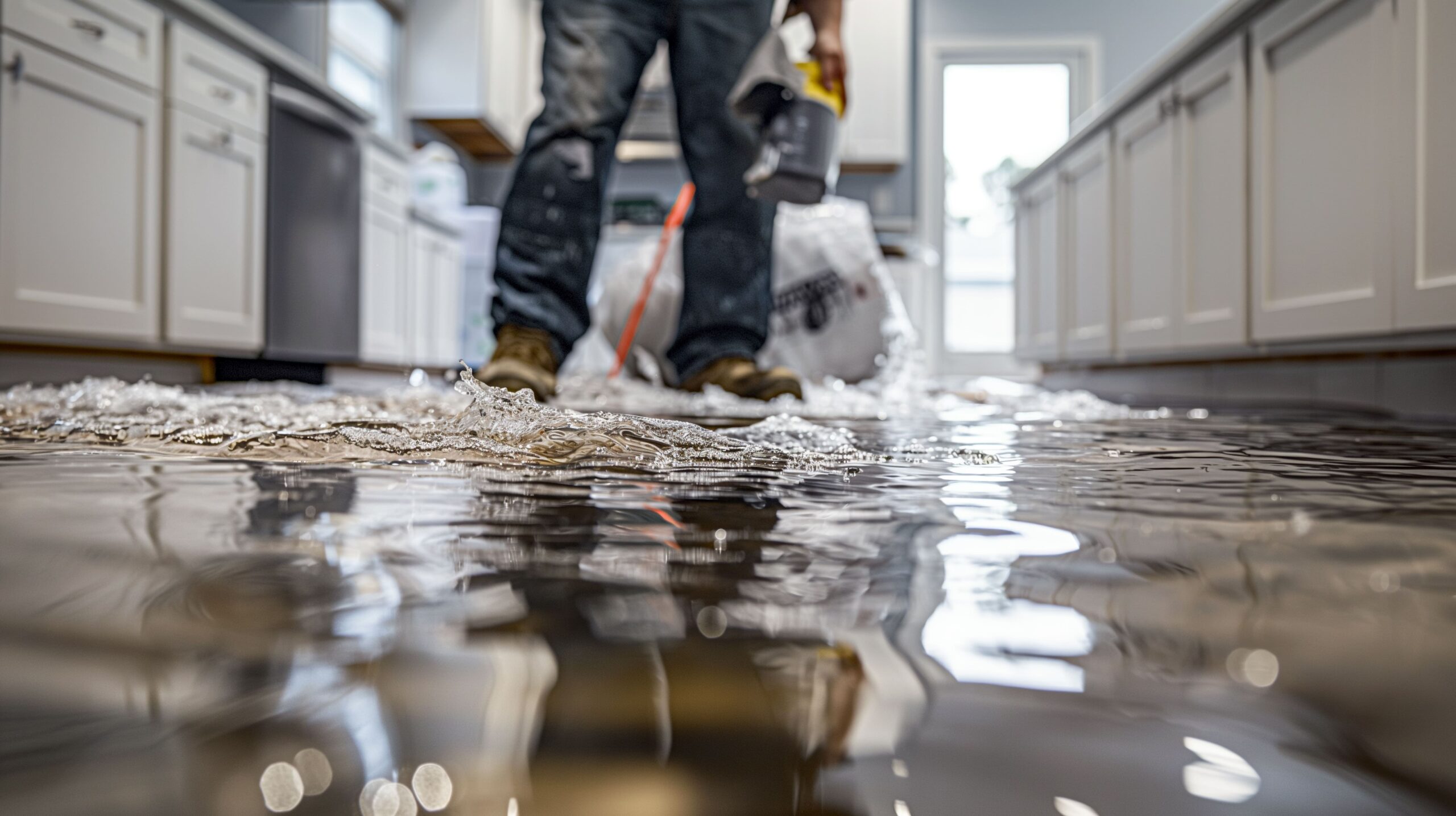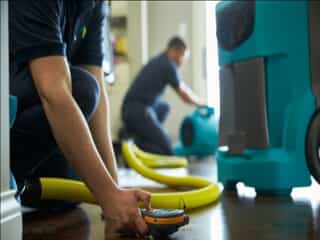The Total Guide to Water Damage Reconstruction and What to Anticipate
Water damages can be a significant problem for both property owners and organization proprietors, commonly leading to extensive repair service requirements and unanticipated expenses. Comprehending the complexities of water damage repair is crucial for effective healing, from examining the source of the issue to carrying out ideal restoration techniques.
Understanding Water Damages
Although water damage can arise from numerous sources, recognizing its nature is crucial for efficient repair. Water damages can normally be classified right into three classes: clean water, grey water, and black water. Tidy water originates from unpolluted sources, such as leaky pipes or rainfall, while grey water has small impurities, commonly from home appliances like dishwashers or cleaning equipments. Black water, on the other hand, postures the greatest risk as it includes hazardous virus and toxic substances, usually arising from sewage back-ups or floodwaters.
The level of water damages is further categorized right into 4 groups based upon the seriousness of saturation and the materials influenced. Class 1 includes very little damage to a small area, while Course 4 indicates specialized drying out techniques are required for products like wood or plaster because of their high absorption capacity. Understanding these categories aids reconstruction experts analyze the scenario precisely and establish the necessary mitigation techniques.
Prompt identification of the water source and damage degree is important for preventing secondary problems such as mold development or architectural damages. Appropriate examination and categorization ensure that ideal strategies and resources are used, facilitating an extra efficient remediation procedure.
Initial Steps to Take
In the after-effects of water damages, a homeowner's swift response is important to reduce additional issues - Water Damage Restoration Fairfield County. The initial step is to guarantee safety and security; turn off the electrical energy in the damaged area to stop electrical shock. If the water source is still active, such as a broken pipeline, shut down the main water system quickly to quit more flooding
Following, evaluate the extent of the damage. File the circumstance with photos and notes for insurance coverage objectives. When filing a claim, this documents will be important. Start eliminating any kind of standing water once safety and security is made sure and documentation is full. Use buckets, mops, or a wet/dry vacuum cleaner to extract as much water as feasible.
After eliminating standing water, it's vital to dry the location completely. Open home windows and doors to enhance air movement and think about using followers or dehumidifiers to expedite the drying out process. Get rid of any type of damp materials, such as rugs or insulation, that can not be salvaged. Lastly, contact an expert water damages restoration solution to review and attend to the damages, making sure an extensive technique to recuperation. Acting swiftly can considerably lower long-lasting effects and restoration expenses.
The Reconstruction Refine

Complying with the evaluation, water extraction is carried out using industrial-grade pumps and vacuum cleaners. When the water is eliminated, the drying out procedure starts.
After drying, the restoration group concentrates on cleaning and sanitizing the locations impacted by water. This might involve the usage of specialized cleaning agents to remove pollutants. The final phase includes repairs and reconstruction, where harmed materials such as drywall, flooring, and insulation are replaced or fixed. Throughout the remediation process, reliable interaction with homeowner is preserved to make sure transparency and attend to any problems. This structured method eventually brings back the property to its original state, guarding the health and wellness of its residents.
Common Difficulties Faced
Water damages remediation usually offers numerous challenges that can complicate the recuperation procedure. One significant challenge is the extent of the damage, which can vary commonly based upon the resource of the water and the period of direct exposure. Groups of water damages, such as clean, grey, or black water, demand different approaches and security methods, making complex restoration initiatives.
Another obstacle is the possibility for mold and mildew development. If water-damaged areas are not dried out promptly, mold can establish within 24 to two days, presenting health risks and calling for additional remediation steps. Architectural honesty is also an issue; water can jeopardize wall surfaces, ceilings, and flooring, causing pricey repairs or replacements.
Stress and stress and anxiety might cloud judgment, making it testing to browse click to investigate the restoration procedure successfully. Comprehending these obstacles is essential for both reconstruction professionals and influenced people, ensuring a much more effective response to water damage occurrences.
Tips for Prevention
Stopping water damage is a positive approach that can dramatically reduce the risk go to this website of running into the difficulties formerly talked about. To effectively guard your residential or commercial property, normal upkeep and vigilant monitoring are necessary.

First, check your pipes system occasionally for leakages or signs of corrosion. Immediately resolve any kind of concerns to avoid little leakages from intensifying right into considerable water damages. In addition, make certain that downspouts and rain gutters are free from debris to assist in proper drainage away from your home's foundation.
Second, mount water discovery tools in key areas such as basements and restrooms. These devices can inform you to leakages before they cause comprehensive damage. In addition, think about utilizing sump pumps in locations susceptible to flooding.

Finally, create a thorough emergency situation strategy that includes shut-off procedures for your major water system. By taking these preventative measures, you not only secure your building however additionally save time and funds that would or else be spent on remediation initiatives.

Final Thought
Finally, efficient water damage reconstruction needs a methodical strategy that includes analysis, removal, drying out, and sanitization. Awareness of the types and resources of water damages, in addition to the difficulties that may arise throughout the remediation process, is vital for effective results. Executing preventive procedures can substantially reduce the danger of future incidents. By comprehending the detailed nature of water damage reconstruction, building proprietors can much better browse the recuperation procedure and protect their investments.
Water damage can typically be categorized right into 3 see this here courses: clean water, gray water, and black water. Clean water stems from uncontaminated resources, such as leaky pipes or rains, while grey water contains minor pollutants, often from home appliances like dish washers or washing devices. If the water resource is still active, such as a busted pipeline, closed off the main water supply right away to stop more flooding.
Contact a specialist water damage reconstruction service to review and address the damages, making sure a thorough strategy to recuperation - Water Damage Restoration Fairfield County. Groups of water damages, such as clean, grey, or black water, necessitate various approaches and security methods, making complex restoration initiatives